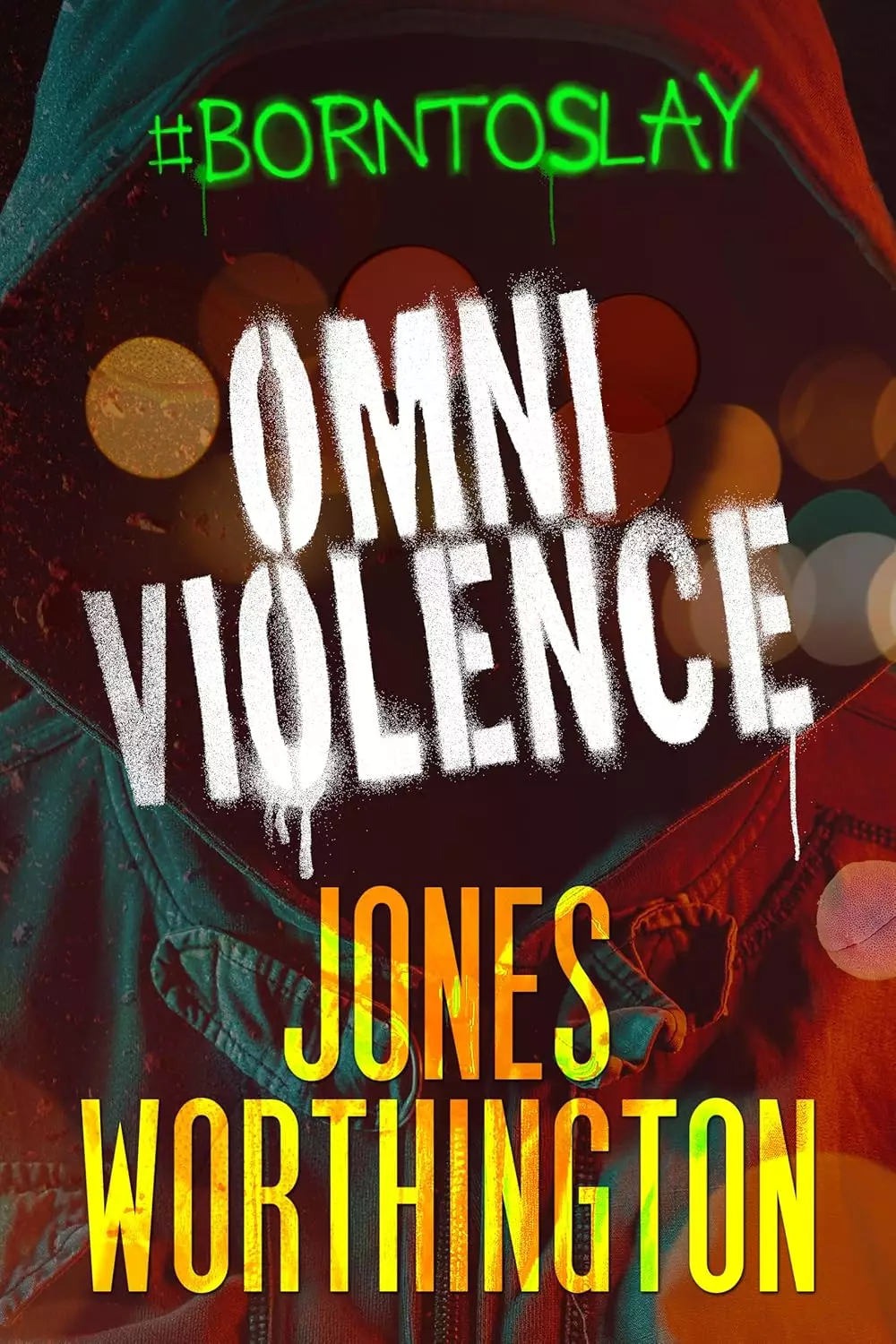Imagine a world where the thin veneer of civilization is stripped away, revealing a landscape ruled by chaos and ruthless ambition. This chilling setting forms the backdrop of “Omniviolence,” a gripping near-future sci-fi thriller penned by the intriguing writing duo of Gareth Worthington and Stu Jones. This narrative plunges readers into a raw and unfiltered portrayal of humanity’s darkest impulses amidst the ruins of societal structure. As both a warning and a reflection, the authors offer an unsettling exploration of what our world might become if left unchecked.
In moments where law, order, and morality have successfully crumbled, the remnants of government and law enforcement become mere shadows of their former selves. Worthington and Jones paint a striking picture of a dystopia overrun by unregulated elements—an open internet entwined with a dangerous cryptocurrency economy. The consequences are harrowing, leading to an environment where vengeance is but a payment away. “Omniviolence” raises essential questions about our present trajectory and the implications it might have for future generations—a theme far more resonant than mere fiction would suggest.
Characters as Reflections of Society
At the heart of “Omniviolence” lie two contrasting protagonists: Jackson, a skillful teenage drone assassin living in his mother’s basement, and Bones, a traditional mob enforcer who prefers the brutality of real-life confrontations. Through their unlikely alliance, Worthington and Jones dissect human nature, showcasing a spectrum of morality and the decay of ethical principles. Jackson’s character serves as the embodiment of a tech-savvy generation grappling with isolation, while Bones represents an archaic but still potent framework of retribution.
This dichotomy is not just for dramatic tension; it serves a deeper purpose as both characters forcefully confront the consequences of their actions. As they navigate a web of danger and deception, the evolution of their characters is both compelling and disturbing. Readers may find their struggles resonate well, not just with the plot but with the greater narrative of a society grappling with identity in the face of moral decay.
The Dark Dance of Violence
“Omniviolence” does not shy away from the brutal realities of its premise; instead, it leans into the vicious cycle of violence to provide a commentary on the chilling resemblance to our current societal tendencies. The authors skillfully intertwine elements of an action thriller with moments of introspection that provoke unsettling thoughts about the normalization of aggression in our lives. The relentless pace and intricately woven plot disallow readers the comfort of detachment, forcing them to engage with provocative truths about what it means to be human in the age of technology.
However, while the character development shines, the antagonists occasionally veer into melodrama, akin to the caricatures seen in lesser stories. This dependence on tropes from superhero narratives can undermine the otherwise robust world-building that Worthington and Jones have painstakingly crafted. What could have been a more nuanced confrontation between good and evil becomes overshadowed by the archetypal villains, who may feel less grounded in the harsh realities that the protagonists navigate.
Catalysts for Discomfort and Reflection
Despite the occasional dip into familiar tropes, the narrative’s relentless energy reveals an invigorating force behind every page. The book offers an uncomfortable yet vital experience that some readers might find triggering, as it shines a light on the darker aspects of human nature. Many will argue that stories woven from themes of violence and despair do little to uplift, yet “Omniviolence” elevates its brutal content by forcing readers to ponder their own place within this foreboding landscape.
The creativity on display serves as a catalyst for introspection, inviting critical examination of the very technologies we celebrate today. By laying bare the potential future bred from indulgent appetitions for violence, “Omniviolence” resonates as both an echo from a possible future and a reflection of our present. The spectrum of emotions—fear, thrill, and even a sense of dread—can serve as a wake-up call to carefully assess the trajectory of human advancements.
In a world increasingly dictated by shadows and screens, “Omniviolence” becomes more than just a story; it transforms into a poignant mirror reflecting the struggles of our time, urging readers not to succumb to the allure of humanity’s basest instincts. Through darkness, Worthington and Jones invite us to consider not just what lies ahead, but who we might become in the unfolding narrative of existence.

